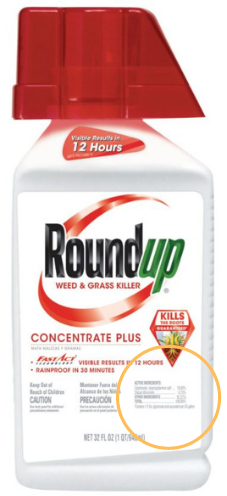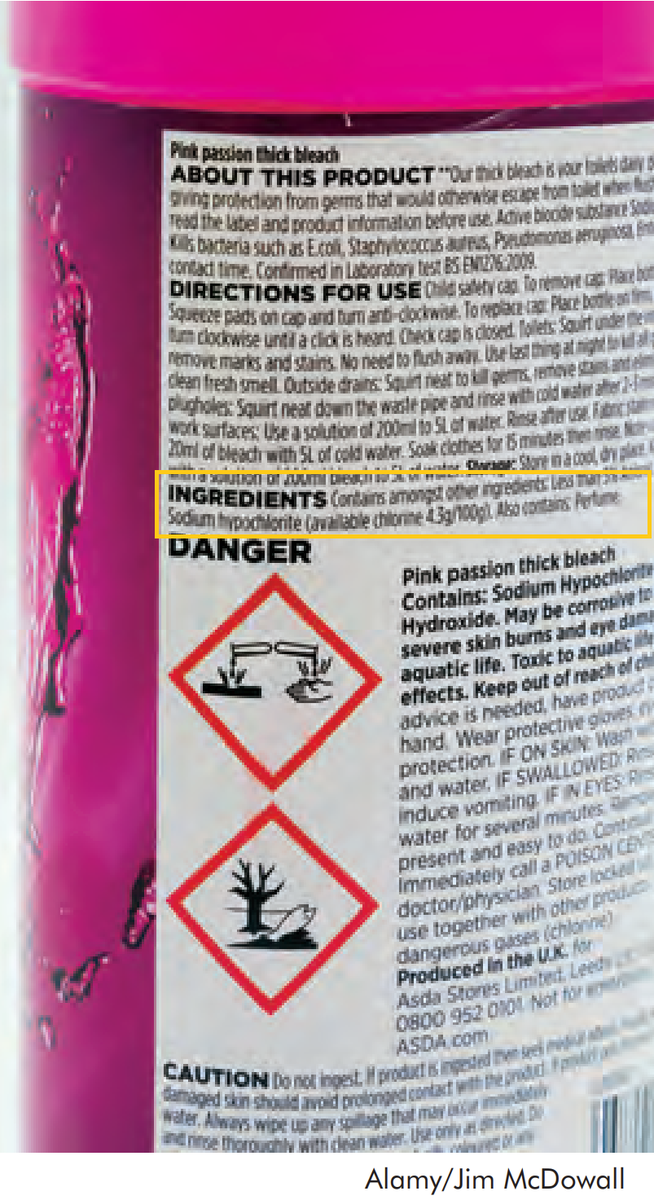Gateway on Pesticide Hazards and Safe Pest Management
How To Find Ingredients in Pesticide Products
Beyond Pesticides offers resources below to evaluate the health and ecological effects of specific chemical exposure from ACTIVE INGREDIENTS in pesticide products, as well as regulatory information and supporting scientific documents. Because various pesticide products can contain more than one active ingredient, it is important to READ the LABEL to determine chemical components.
With 192 different active ingredients and counting, it is essential to establish the connection between the use of these chemicals and their respective hazards.
View the step-by-step guide on how to search for the active ingredient(s) in pesticide products below:
- Go to U.S. EPA's Pesticide Product and Label System and enter the product name. The generic product name may vary.
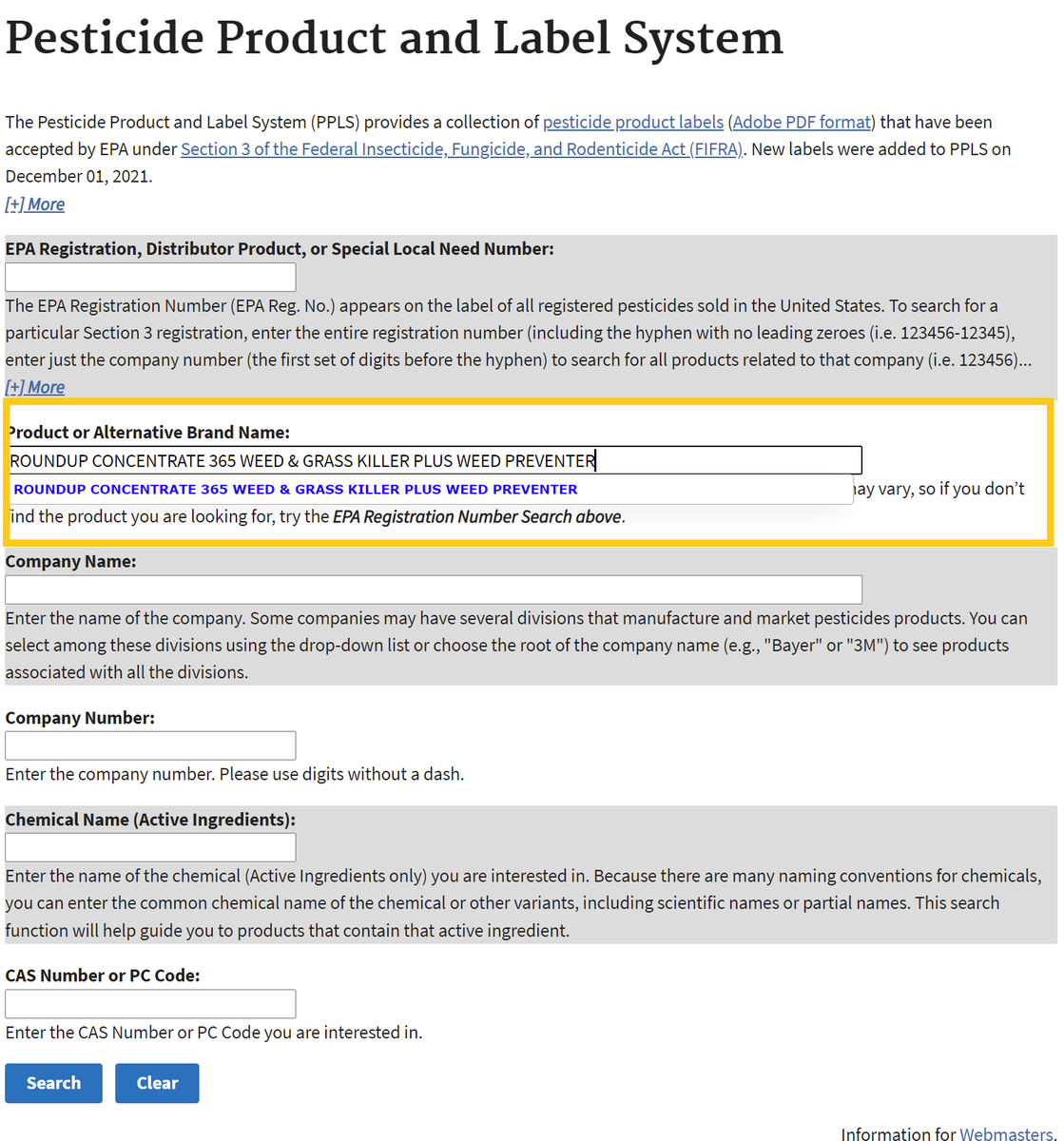
- After searching, click on the chemical ingredients tab or the link for the most recent label to find Active Ingredients.
Chemical List Label List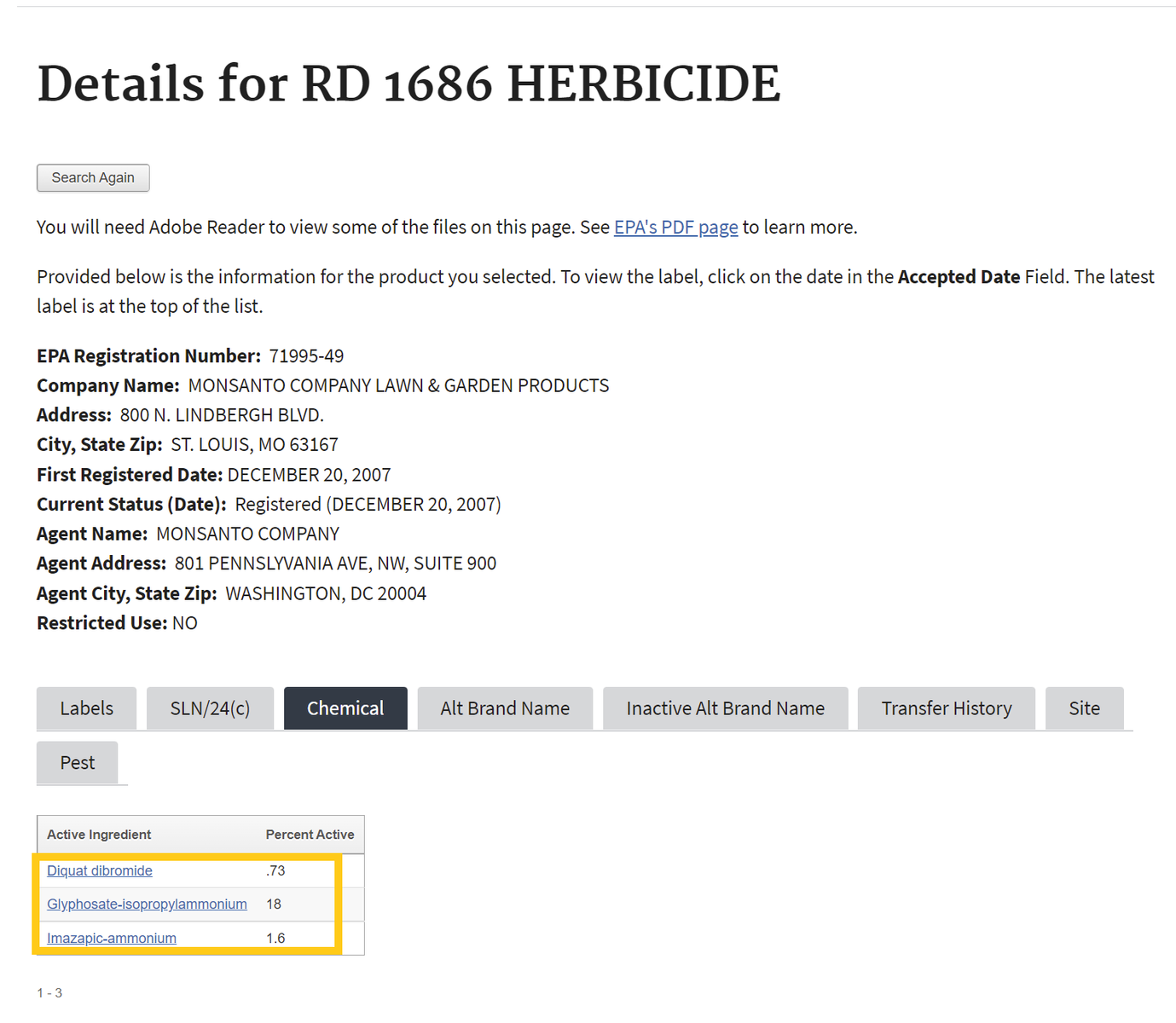
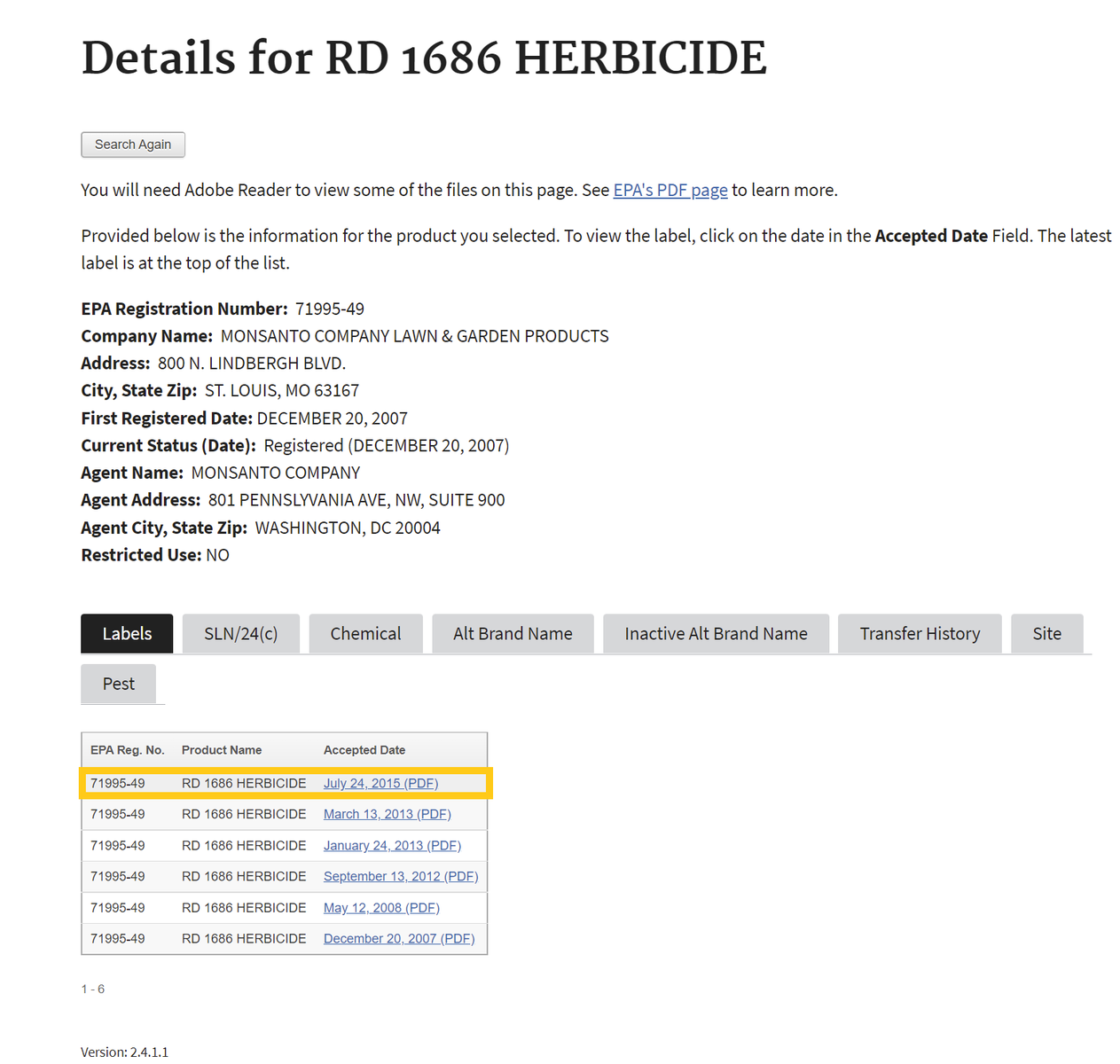
If one selects the chemical ingredients tab, skip to Step 4 . If not, proceed to step number 3 - To find the active ingredient(s) on the label, search for the page in the document containing the date of registration. Usually, the active ingredients section occurs within the first few pages of the label document.
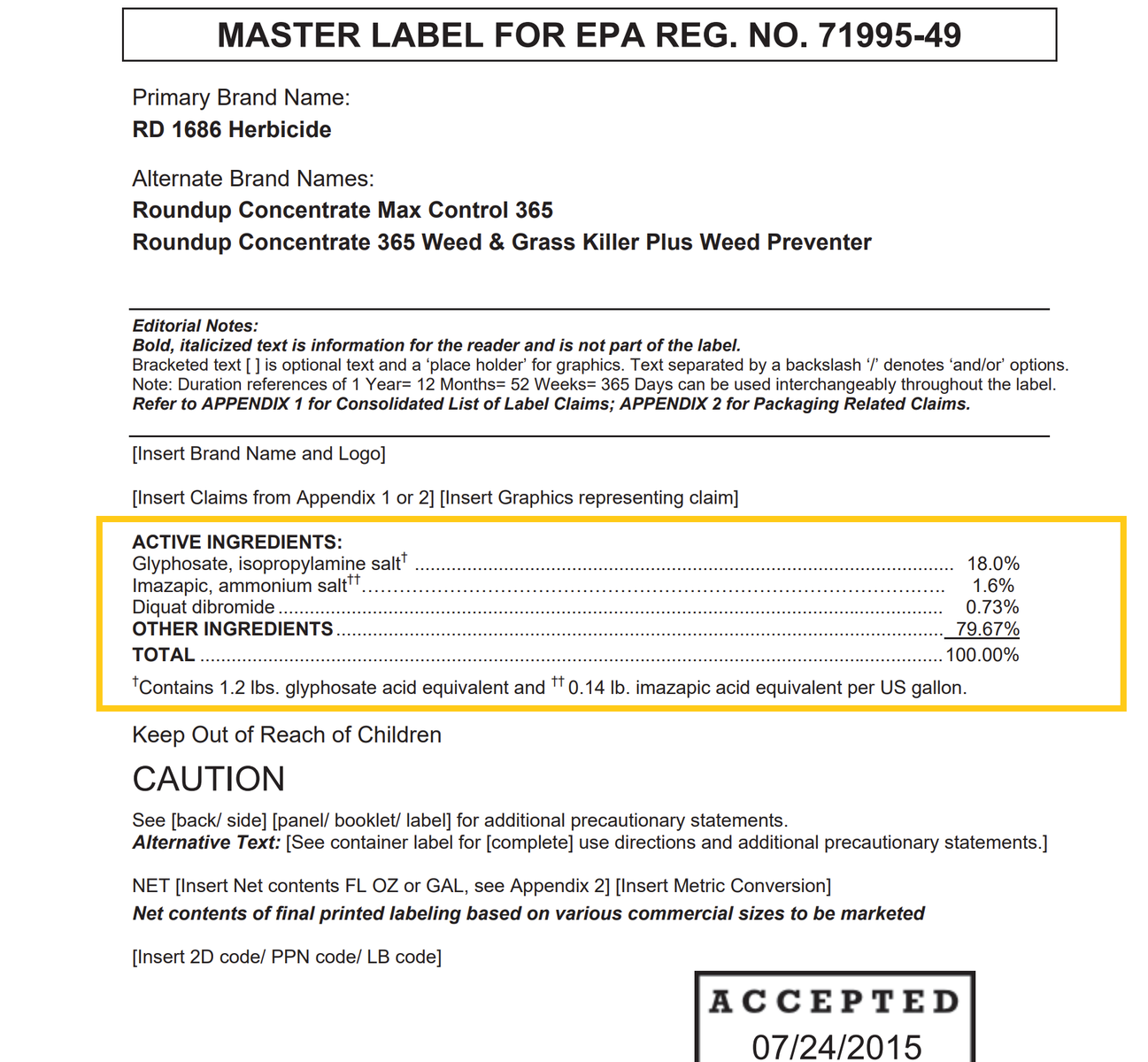
- Return to the Beyond Pesticides Gateway and search for the active ingredient name in the yellow box to the right or from the list below.
Thiram
General Information
- Fact Sheet: thiram.pdf
- Product Names:
- Chemical Class: Dimethyl dithiocarbamate fungicide, animal repellant
- Uses: Fungicide used to prevent crop damage in the field and to protect harvested crops (apples, peaches, and strawberries) from deterioration in storage or transport, seed protectant (e.g. small seeded vegetables, large seeded vegetables, cereal grains and other seeds, coniferous seeds, cotton seed, ornamental seeds, and soybeans), protects turf from fungal diseases; also an animal (rabbit, rodent, and deer) repellent
- Alternatives: Organic agriculture, Organic golf course managment
- Beyond Pesticides rating: Toxic
Health and Environmental Effects
- Cancer: Not yet evaluated, equivocal data (34)
- Endocrine Disruption: Yes (30)
- Reproductive Effects: Yes (11)
- Neurotoxicity: Yes (11)
- Kidney/Liver Damage: Yes (20)
- Sensitizer/ Irritant: Yes (4)
- Birth/Developmental: Yes (11)
- Detected in Groundwater: Not documented
- Potential Leacher: Not documented
- Toxic to Birds: Yes (20)
- Toxic to Fish/Aquatic Organisms: Yes (20)
- Toxic to Bees: Yes (20)
Additional Information
- Regulatory Status:
- Supporting information:
- Extoxnet Thiram Factsheet (Extension Toxicology Network)
- PAN Pesticides Database: Thiram (Pesticide Action Network)
- Studies:
- Combined exposure to low doses of pesticides causes decreased birth weights in rats. Hass U, Christiansen S, Axelstad M, Scholze M, Boberg J. 2017. Reprod Toxicol. 72:97-105
- Inhibition by pesticides of the DJ-1/Park7 protein related to Parkinson disease.. Mathas, N., Poncet, G., Laurent, C., Larigot, L., Le-Grand, B., Gonis, E., Birman, S., Galardon, E., Sari, M.A., Tiouaini, M. and Nioche, P., 2023. Toxicology, 487, p.153467.
- Thyroid under Attack: The Adverse Impact of Plasticizers, Pesticides, and PFASs on Thyroid Function. Rodrigues, V.G. et al. (2024) Thyroid under Attack: The Adverse Impact of Plasticizers, Pesticides, and PFASs on Thyroid Function, Endocrines. Available at: https://www.mdpi.com/2673-396X/5/3/32.








.png)
